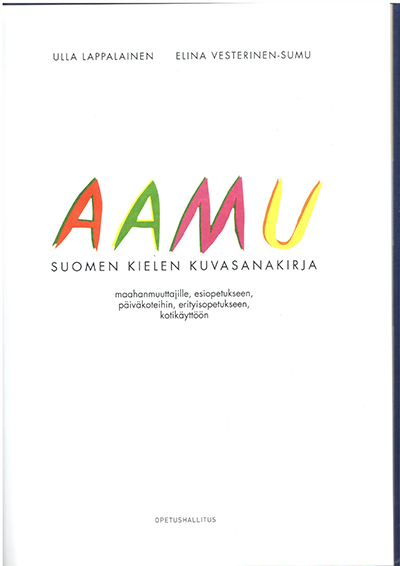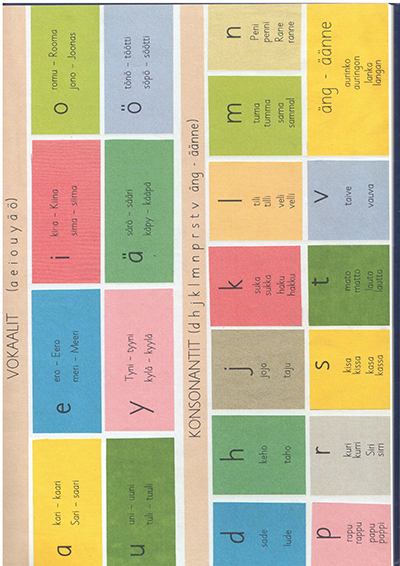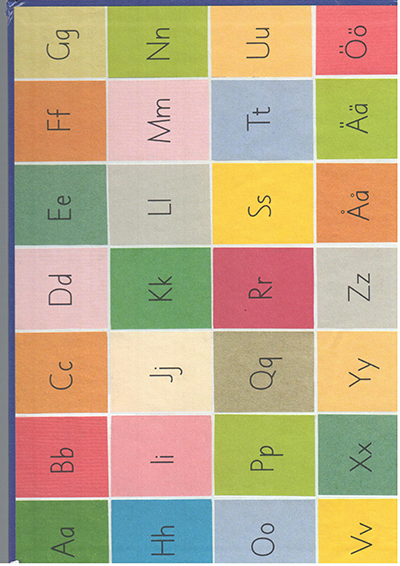| Sorted by date | |||
page197from Nordic Architects Writes
Slowness and remembering –speed and
forgetting
“There is a secret bond between slowness
and memory, between speed and forgetting… the degree of slowness is directly
proportional to the intensity of memory: the degree of speed is directly
proportional to the intensity of forgetting”, suggests Milan Kundera.25 With
the dizzying acceleration of the velocity of time today and the constant
speeding up of our experiential reality, we are seriously threatened by a
general cultural amnesia. In today’s accelerated life, we can finally only
perceive, not remember. In the society of the spectacle we can only marvel, not
remember. Speed and transparency weaken remembrance, but they have been
fundamental fascinations of modernity since the proclamation of F.T. Marinetti
in the Futurist manifesto almost a full century ago: “The world’s magnificence
has been enriched by a new beauty; the beauty of speed”,26 and Karl Marx’s
prophesy: “Everything that is solid .. melts into the air”. 27 Today, even
architecture seeks the sensation of speed, instant seduction and gratification,
and turns autistic, as a consequence. The architectural confession of Coop
Himmelblau illustrates this aspiration for dramatized architectural action and
speed:
The
aesthetics of the architecture of death in white sheets. Death in tiled
hospital rooms. The architecture of sudden death on the pavement. Death from a
rib-cage pierced by a steering shaft. The path of the bullet through a dealer’s
head on 42nd Street. The aesthetics of the peep-show sex in washable
plastic boxes. Of the broken tongues and the dried-up eyes.28
In
my view, however, architecture is inherently a slow and quite, emotionally a
low-energy art form in comparison with the dramatic arts of sudden affective
impact. Its role is not to create strong foreground figures or feelings, but to
establish frames of perception and horizons of understanding. The task of
architecture is not to make us weep or laugh, but to sensitize us to be able to
enter all emotional states. Architecture is needed to provide the ground and
projection screen of remembrance and emotion.
I
believe in an architecture that slows down and focuses human experience instead
of speeding up of diffusing it. In my view, architecture has to safeguard
memories and protect the authenticity and independence of human experience. Architecture
is fundamentally the art form of emancipation, and it makes us understand and
remember who we are.
Architectural amnesia
There are different kinds of architecture
in relation to memory: one that cannot recall or touch upon the past and
another that evokes a sense of depth and continuity. There is also an
architecture that seeks to remember literally, like the architectural works of
Postmodernism, and another that creates a sense of deep time, and epic
continuity without any direct format reference, as the works of Alvar Aalto,
Dimitris Pikionis and Carlo Scarpa. These are products of a “poetic chemistry”,
to use an evocative notion of Bachelard. 29 Every significant and true work
sets itself in
|
|||
|
|||
|
|
 ... ...
... ... ... ...
... ... ... ...
... ... ... ...
... ... ... ...
... ... ... ...
... ... ... ...
... ... ... ...
... ... ... ...
... ... ... ...
... ... ... ...
... ... ... ...
... ... ... ...
... ... ... ...
... ... ... ...
... ...